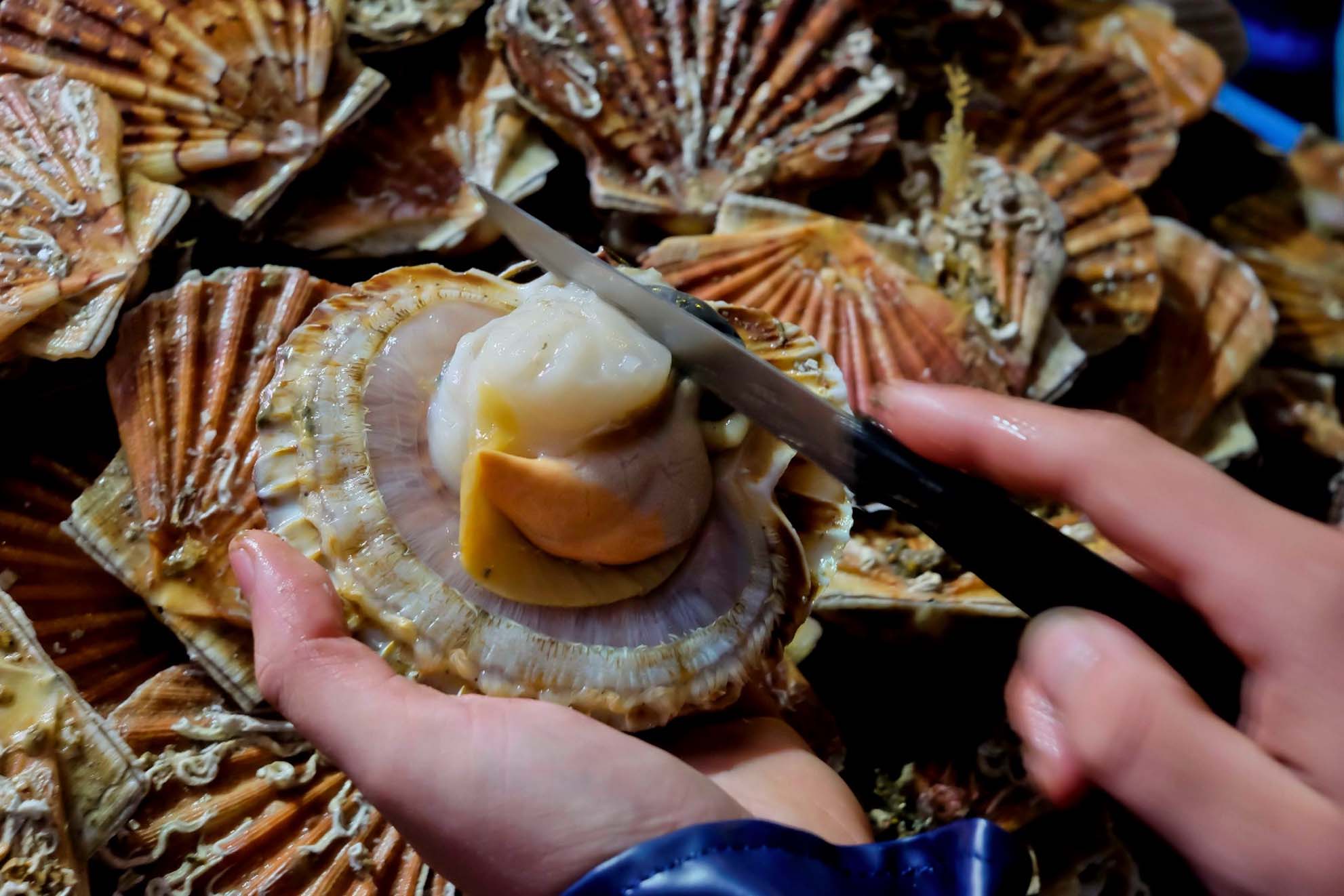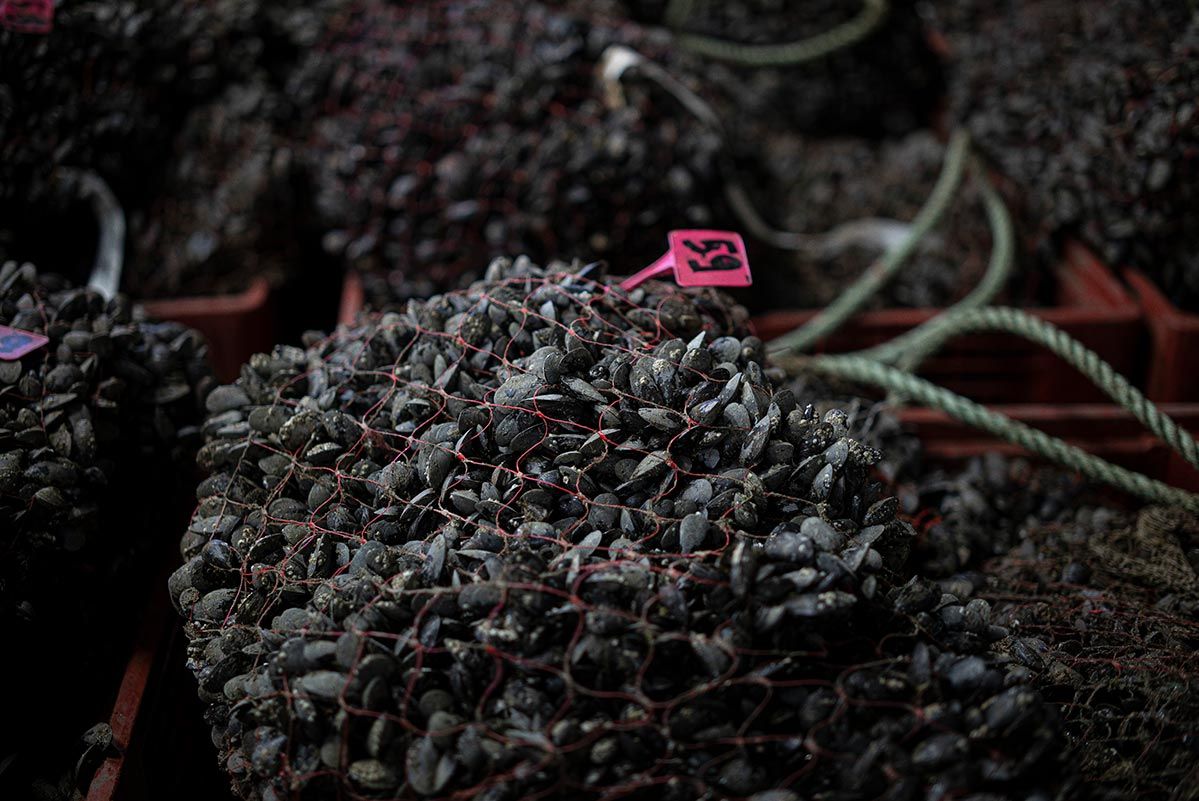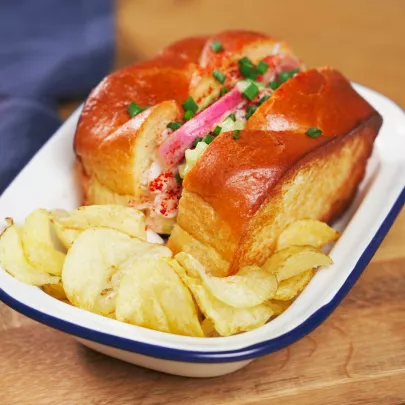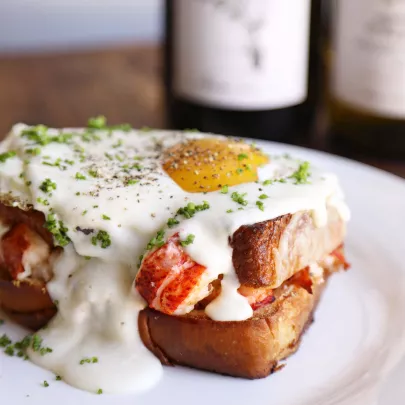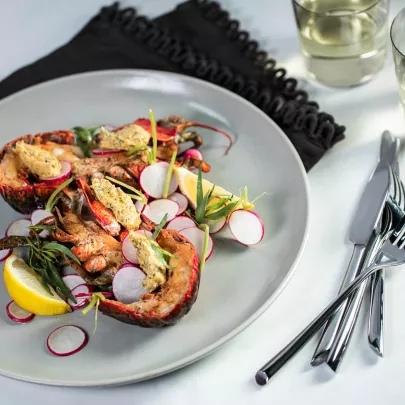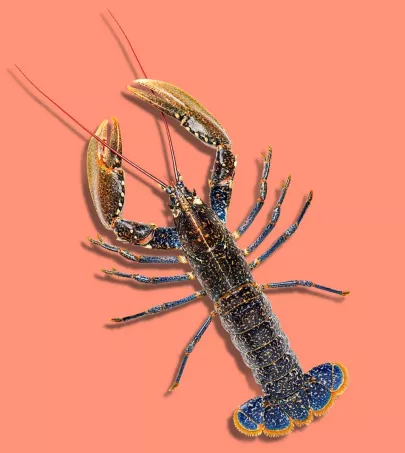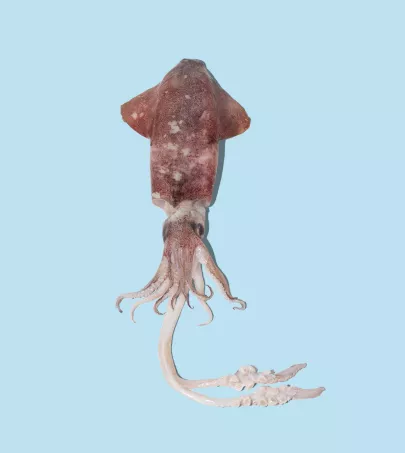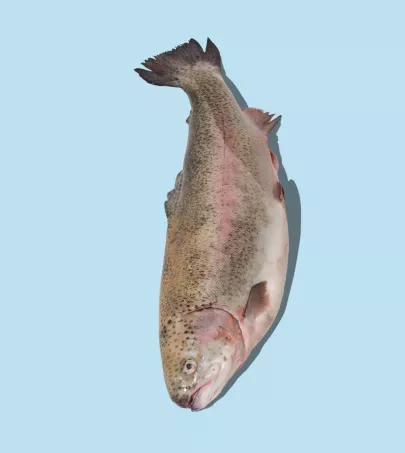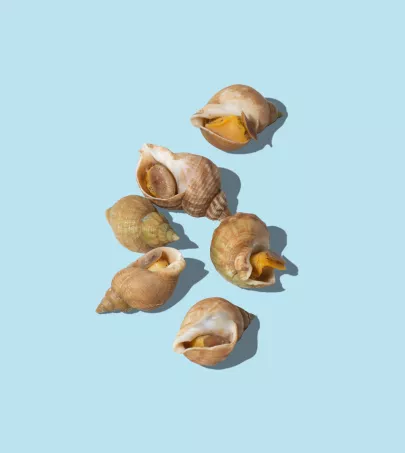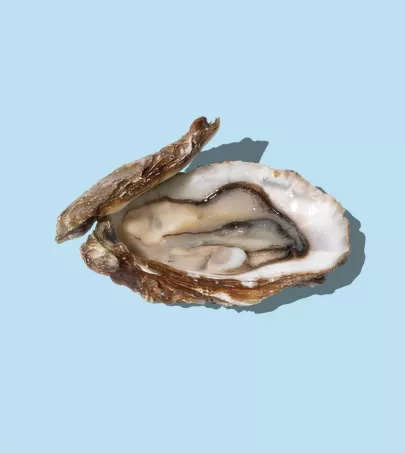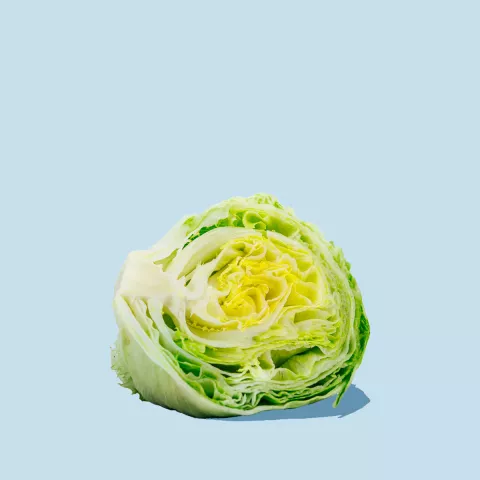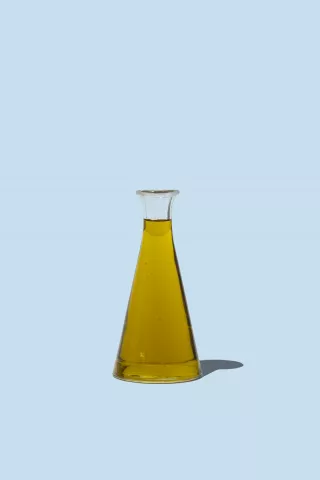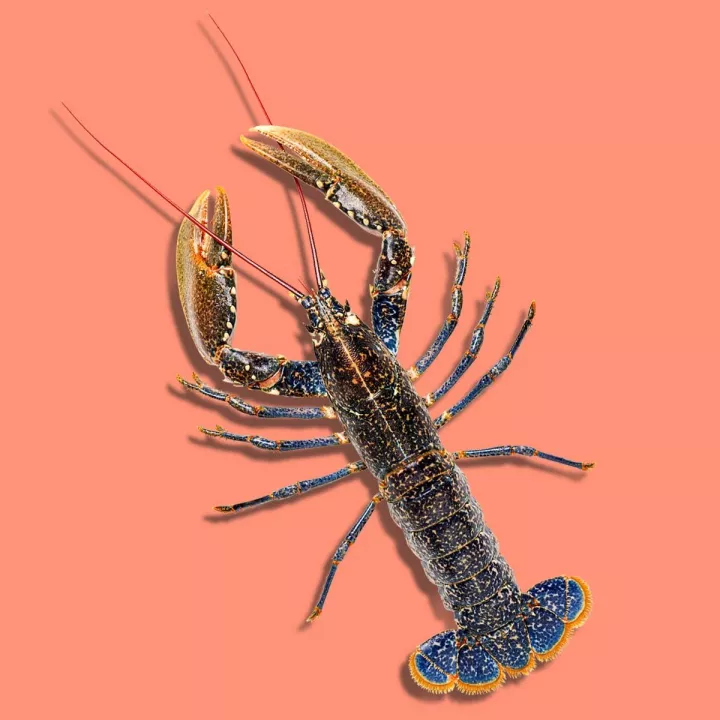
For seafood lovers, the blue lobster is the king of crustaceans. Besides its voracious appetite, five pairs of walking legs and two claws, the lord of the Atlantic coasts has firm, slightly iridescent flesh with delicate briny flavors. Naturally, it has inspired a legion of delicious seafood recipes. Enjoy it in dishes like thermidor, Armoricaine, bisque, and more. The choice is yours!
What you need to know
Blue lobster is mainly harvested from March to mid-October but is especially prized during the festive season. Caught in baited traps near the Atlantic coast, lobsters must meet a minimum size to conserve stocks. They live 6 to 10 years, reaching 30 to 50 cm and weighing from 1 lb to several pounds.
Blue lobster is mainly harvested from March to mid-October but is especially prized during the festive season. Caught in baited traps near the Atlantic coast, lobsters must meet a minimum size to conserve stocks. They live 6 to 10 years, reaching 30 to 50 cm and weighing from 1 lb to several pounds.
What’s so special about the Breton Blue Lobster?
The Breton Blue Lobster (European Blue Lobster) is a real French culinary gem. With its blue shell, soft meat and intense flavor, it’s the definition of luxury seafood. Unlike the North American Maine Lobster, the Breton Blue Lobster has a sweeter and more briny taste, with a thicker shell. It’s not just the color that makes it special, it’s the flavor and texture that has made it a key ingredient in both classic and modern French recipes.
Classic and Modern Ways to Prepare Blue Lobster
The Blue Lobster has been a cornerstone of French haute cuisine for a long time, especially in the classic recipe, Homard à l’Armoricaine. This traditional recipe consists of lobster bathed in a rich and fragrant sauce made with tarragon, butter, tomato and a splash of Cognac. The sauce is flambéed to add depth and complexity to the lobster. But many modern chefs are moving away from this rich preparation and prefer simpler and more minimalist ways to prepapre the crustacean.
One more modern preparation is to grill it on brioche with smoked ginger mayonnaise, a dish that lets the lobster’s natural flavor shine. Another way is to cook it quickly in a hot oven, seasoning it with just a touch of butter. For some modern chefs, less is more – bringing out the lobster’s natural qualities without overwhelming it with heavy sauces.
Why choose Breton Blue Lobster?
There are many reasons to choose Breton Blue Lobster over others. The meat is famous for its firm yet soft texture, with a flavor that’s both sweet and salty.. Compared to the North American lobster, the Breton Blue Lobster has a more intense and concentrated flavor that will elevate any dish.
Why is the Breton Lobster Blue ?
Its blue shell, due to a specific protein that breaks down when cooked, is as beautiful as its flavor.
Tips for Cooking Breton Blue Lobster at Home
Cooking Breton Blue Lobster at home is not as hard as you think. Let the natural flavors do the work. For a classic way of cooking your lobster, just boil or steam until it turns bright red and serve with melted butter and a squeeze of lemon.
For a more adventurous take, grill or roast it with fresh herbs and a bit of garlic. The meat pairs well with tarragon, thyme or even a light and citrusy vinaigrette.
When boiling, allow 12-15 minutes for a 1-1.5 lb lobster, adjust the time for larger sizes. Crack the claws and tail carefully to preserve the meat’s texture. Use fresh and high quality ingredients to match the lobster’s flavor.
Pairing Blue Lobster with French Wines
To really get the most out of your Breton Blue Lobster, pairing it with the right wine is essential. For a classic boiled or steamed lobster with a squeeze of lemon, a crisp Chablis or Sancerre will bring out the sweetness of the meat without overpowering it.
If you’re grilling the lobster or serving it with richer accompaniments like butter or cream, a full bodied white like a Meursault or a Pouilly-Fuissé will provide a balanced and buttery counterpoint to the lobster’s salinity.
If you prefer reds, a light Pinot Noir from Burgundy will pair surprisingly well, especially if your preparation includes earthy elements like grilled vegetables or mushrooms. And if you want to accentuate the lobster’s sweetness, a sparkling Champagne or a dry Crémant de Loire will add a celebratory fizz to your meal.
Characteristics
Look
Touch
Taste
Nutritional benefits
Blue lobster is rich in protein, mineral salts and vitamins.
Editor's note
How to use
Conservation
Maximum 24 hours, chilled and wrapped in a moist cloth.
Preparation
Always remove the intestines and stomach sac in the carapace. Some recipes recommend keeping coral to make a deep orange-red sauce.
Utilisation
Blue lobster is eaten cooked in a variety of ways, including whole, in boiling water, or cut in two and grilled in the oven or over a barbecue or wood fire. It can also be used in other, more elaborate dishes, such as bisques, soufflés, gratins, stews and more.
Pair with
Enjoy with spinach, orange, curry, vanilla and cider. For drinks, try a bottle of Savennières!

